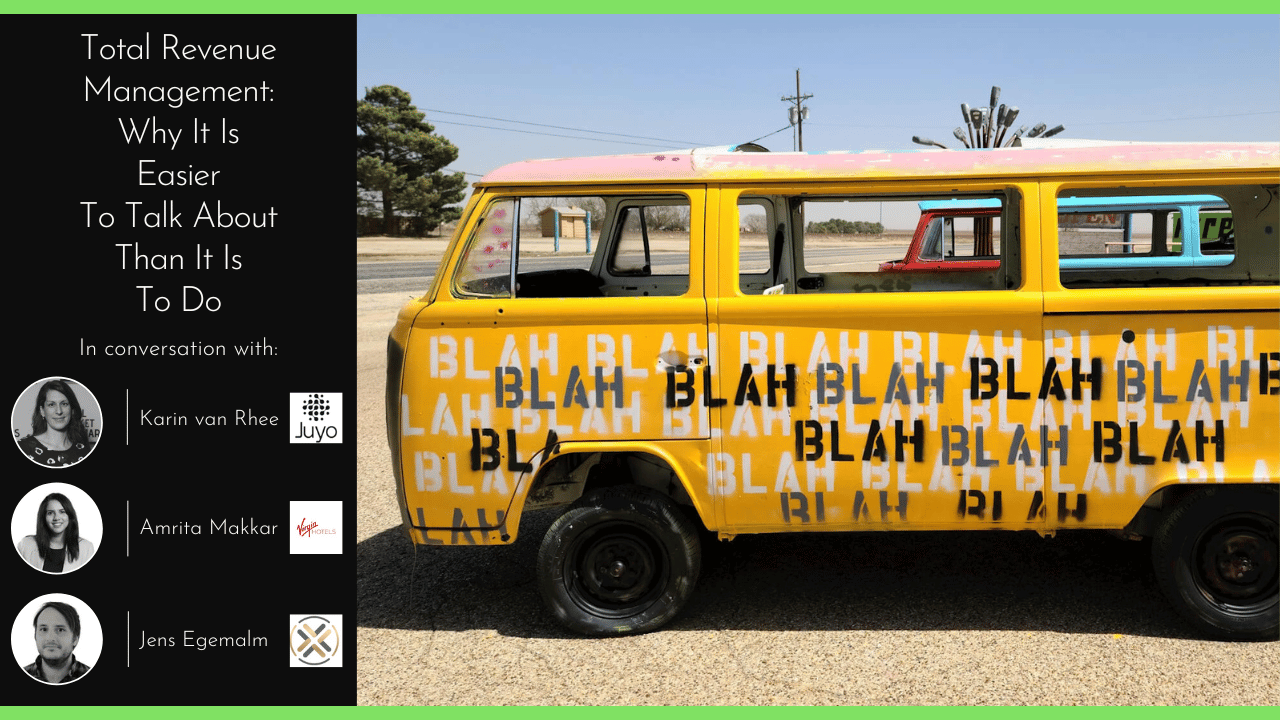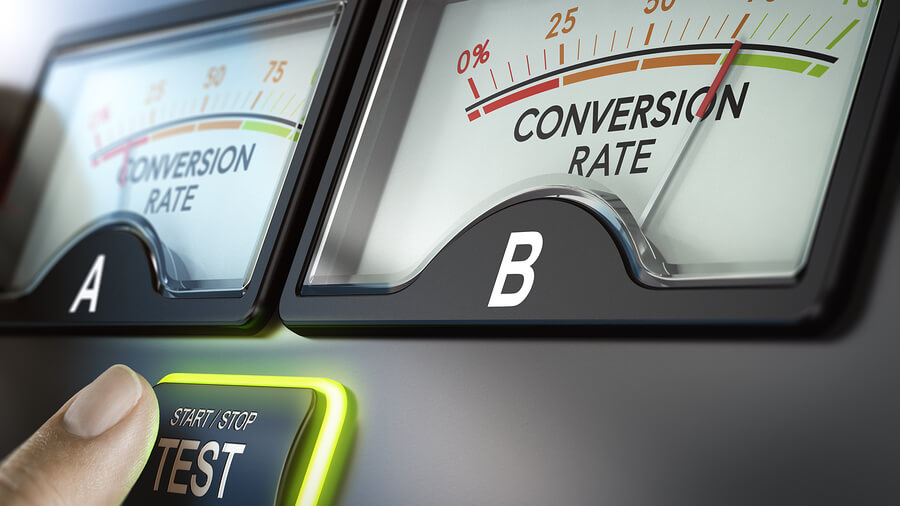
This year’s HSMAI Digital Marketing Strategy Conference carried the lofty theme “Optimizing the Digital Experience,” and for a full day the nearly 400 attendees packed into a Marriott Marquis ballroom in Manhattan heard about many things, but none more important than the need to innovate and accelerate change in order to embrace and maximize the opportunities of the digital age.
In a conference filled with speaker after speaker sharing head-spinning facts about mobile device usage, the ways to leverage social and search, the importance of Net Revenue Per Available Room and other industry-shifting, digitally enabled tools and information, the question I kept coming back to was how can we successfully manage this rapid change and spur innovation in our people, organizations and industry?
In some ways, the whole idea that we still talk about digital marketing as its own thing feels a bit dated. After all, successful marketing today, especially in travel, requires a deep dependency on digital and an integration of both on- and offline activities for everything from marketing to service delivery. It’s no surprise then that one of the underlying messages from multiple presenters was the need for organizations to promote much more integration and increased collaboration between all departments.
Scott Brinker, the author of Hacking Marketing: The Convergence of Marketing and Software, outlined how fast technology is moving in comparison to how slowly organizations evolve. To prove his point, Brinker shared his now-famous chart that has the logos of all the vendors of marketing technology and software. In 2011, it featured 150 logos. In 2014, it had 1,000. Today, it has over 3,500 and it continues to grow!
Then he cited the “Walker Sands State of Marketing Technology” study in which marketing executives said that the speed of marketing technology evolution was happening at lightspeed (16%) or rapidly (56%) versus an organization’s ability to keep pace at lightspeed (9%) or even rapidly (24%).




